Brighton is a seaside resort and one of the two main areas of the city of Brighton and Hove. It is located on the southern coast of England. The town grew to become one of England’s most significant in the 20th century, from a fishing village in the 18th century and a health resort in the 18th century. In 1841, the London and Brighton Railway brought Brighton within easy reach of day-trippers from London. The population increased from 7,000 in 1801 to more than 120,000 by 1901. A number of the significant attractions were constructed during the Victorian era, such as the Grand Hotel (1864), the West Pier (1866), and the Palace Pier (1899). Captain Samuel Brown built the Chain Pier before either of these structures. Turner and Constable both painted during this period.
In the 1970s, much of the town became dilapidated. The Brighton Marina was being redeveloped simultaneously, even though the seafront had been significantly underdeveloped. Because central cities were experiencing high unemployment rates, squatting became a popular counter-culture among the unemployed. By the 1970s, Brighton had gained a reputation as a retirement destination because of its elderly population.
Below are some fascinating vintage photos that show what Brighton looked like in the 1970s. Also check some gritty pictures of New Brighton from the 1980s.


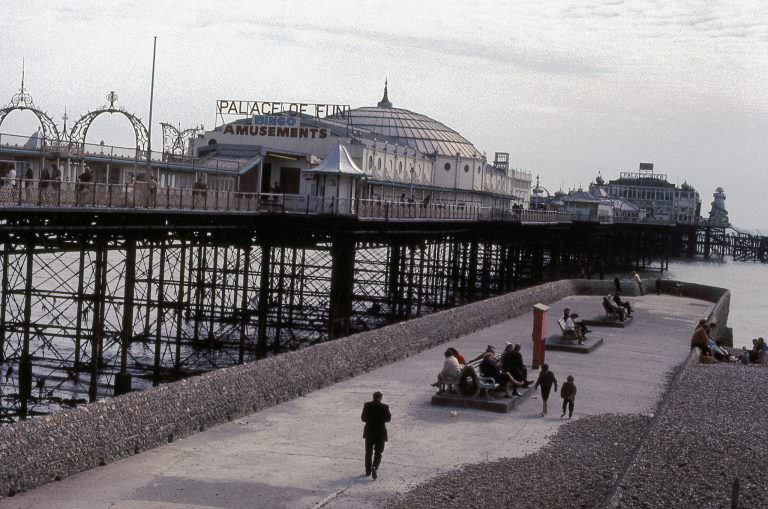
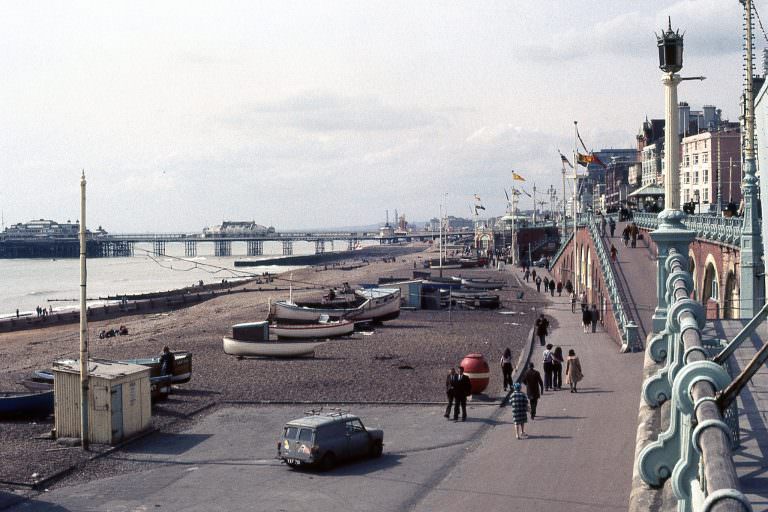
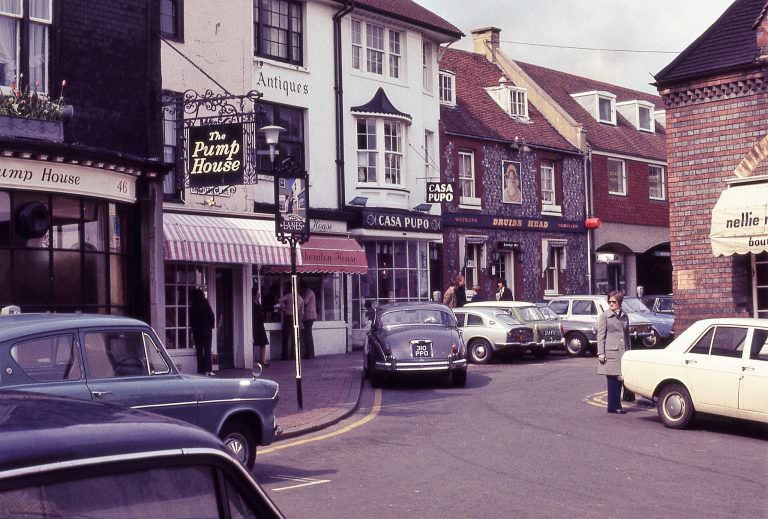
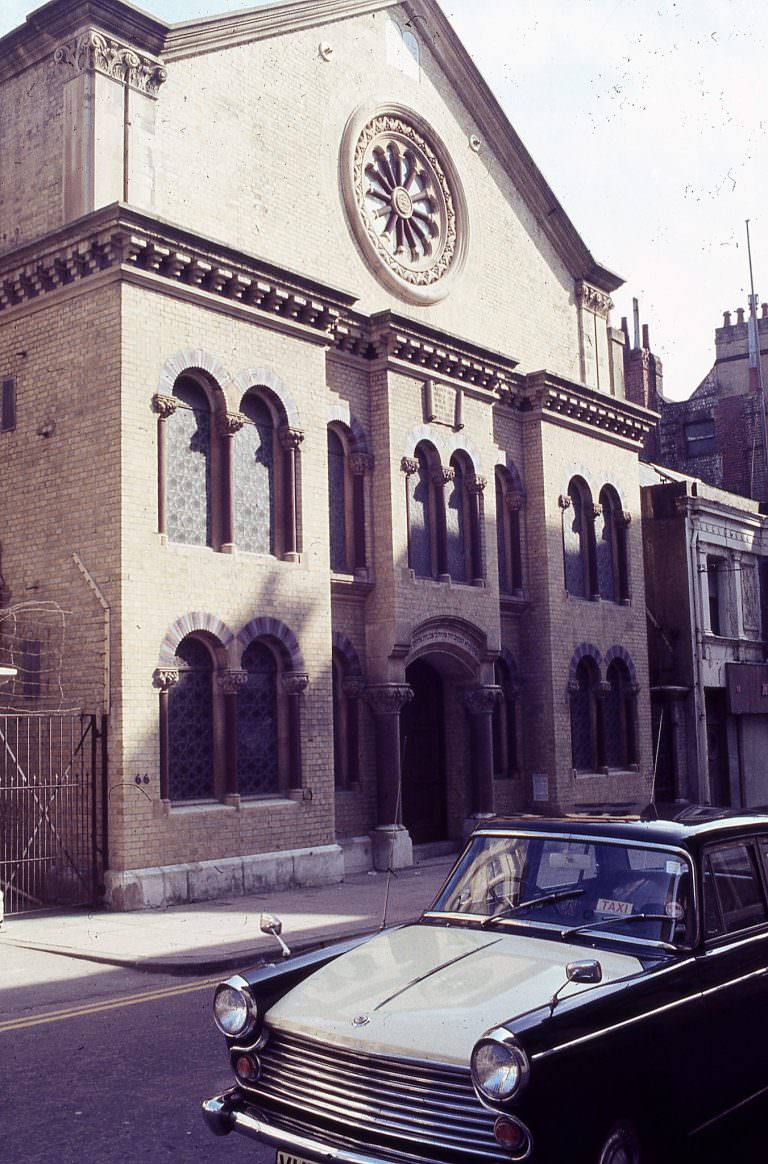
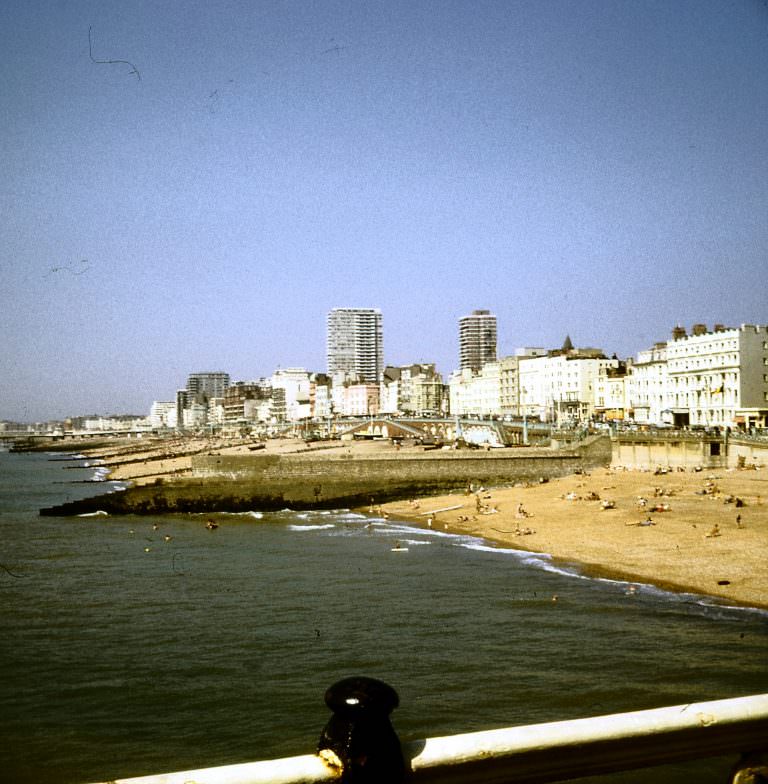
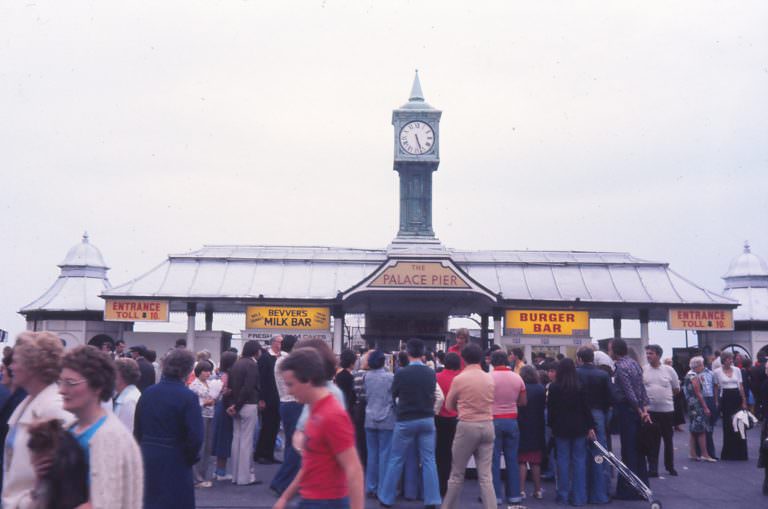
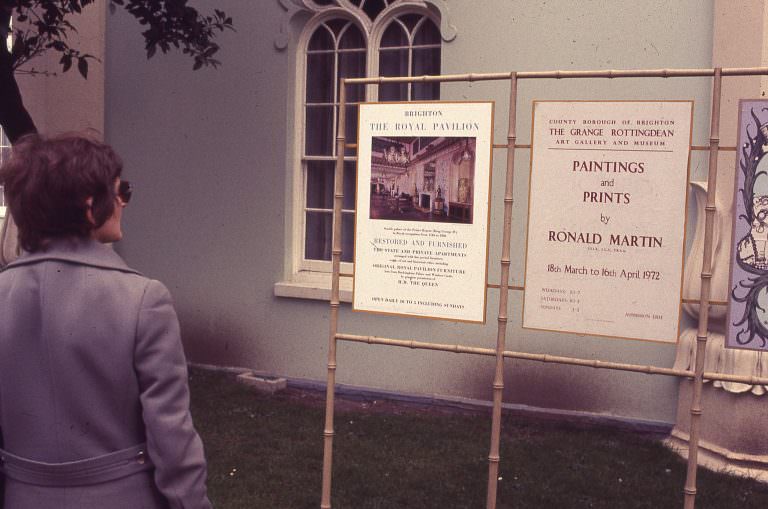
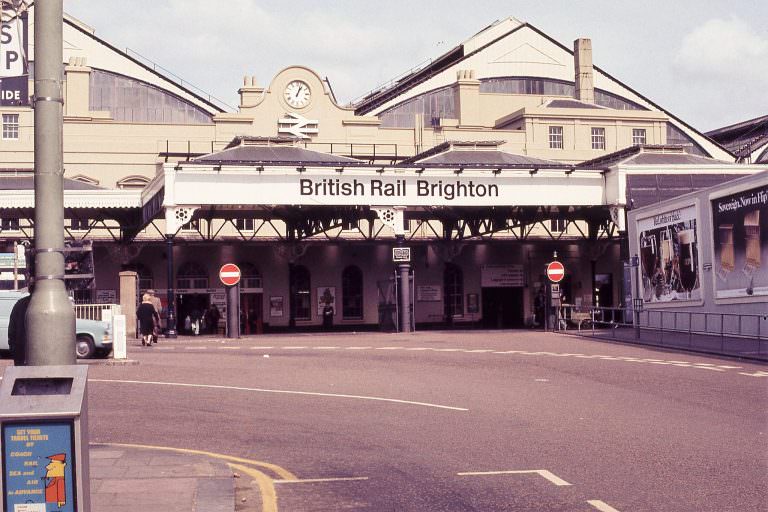
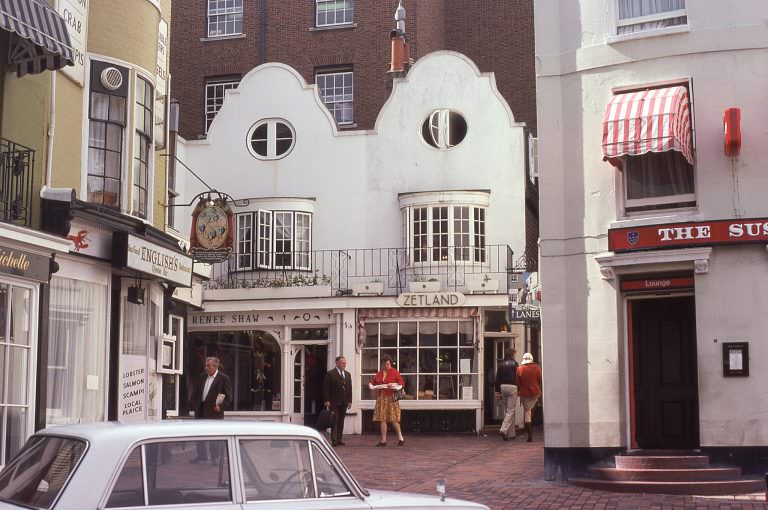
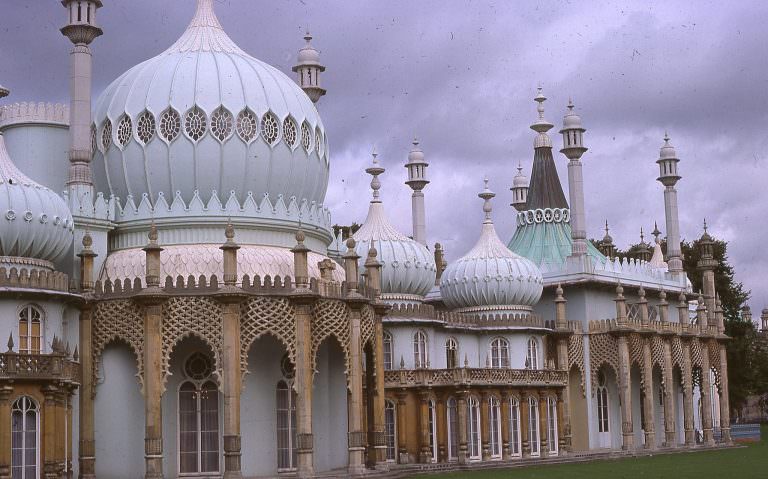
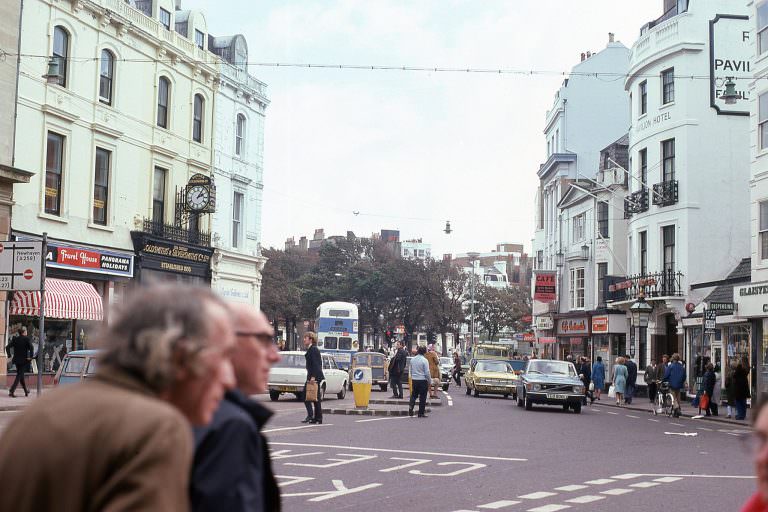
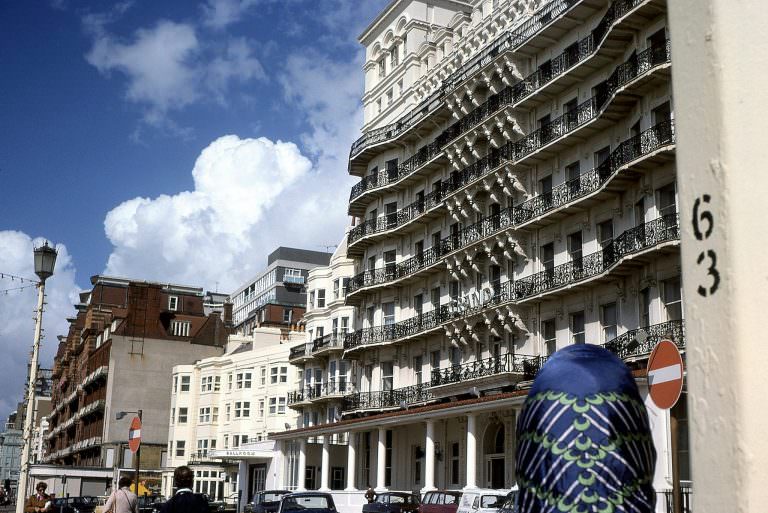
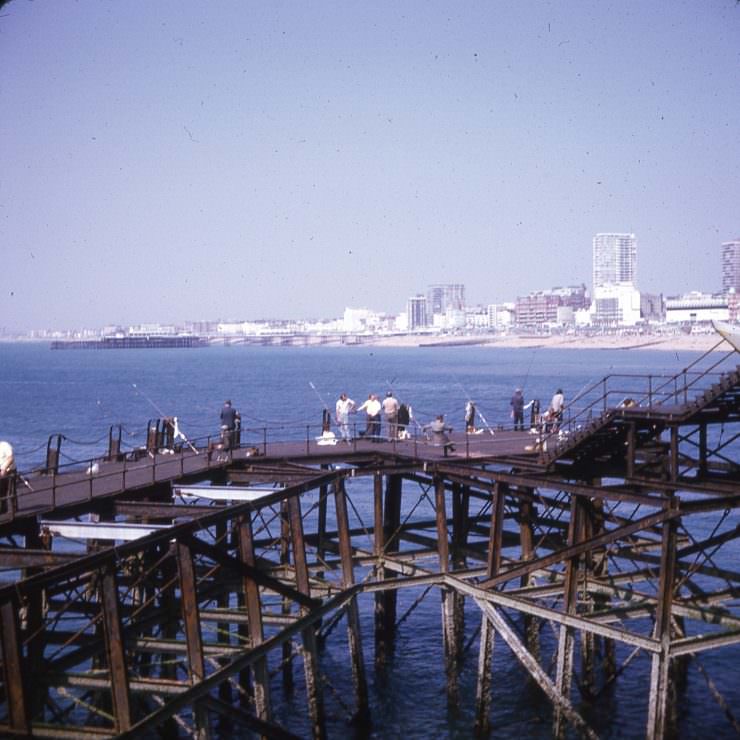
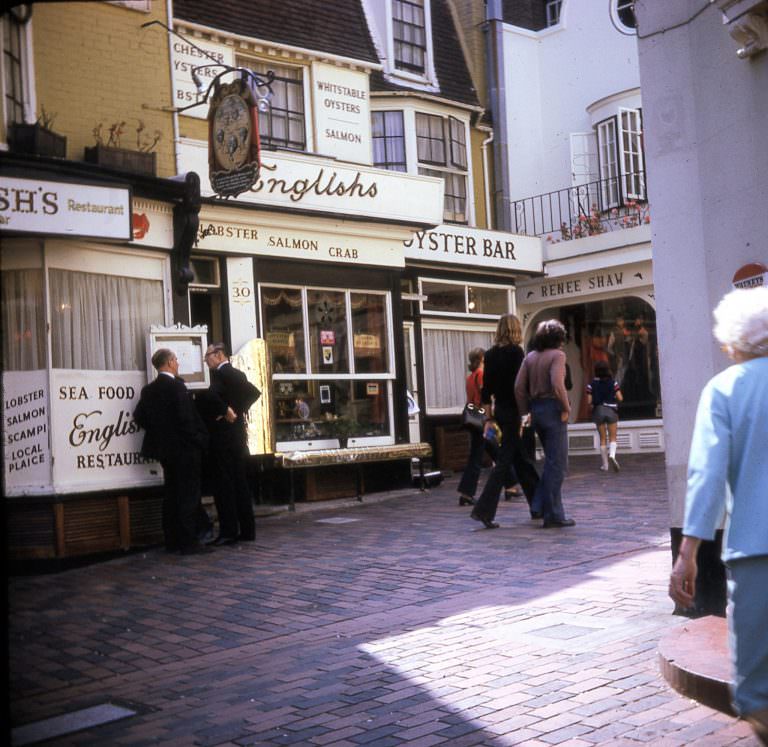
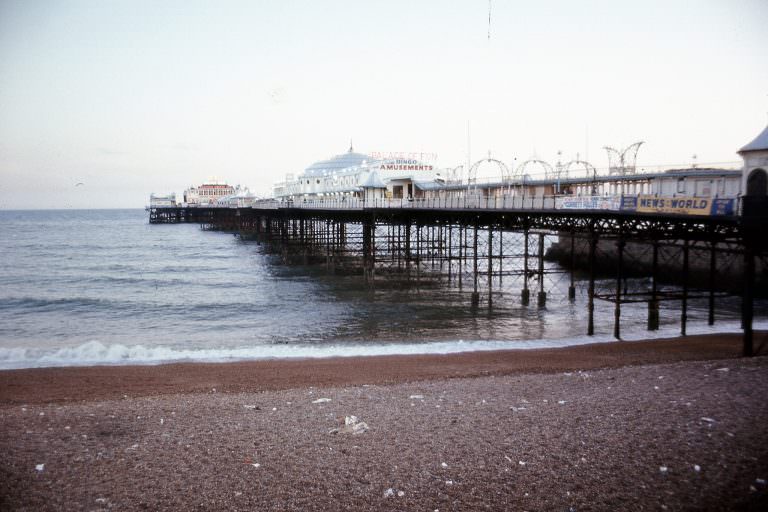
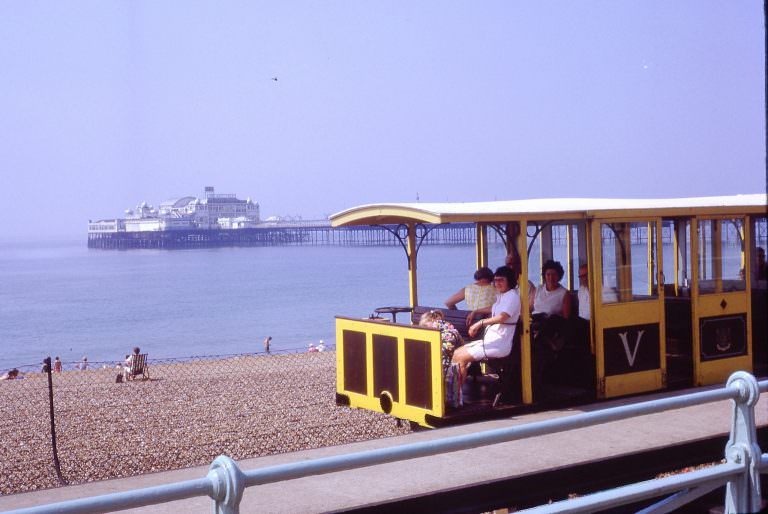
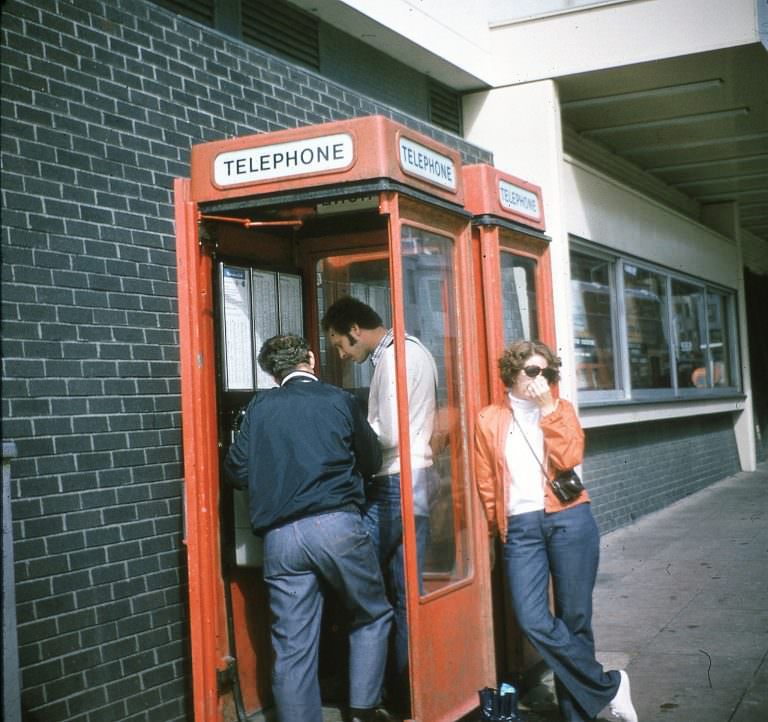
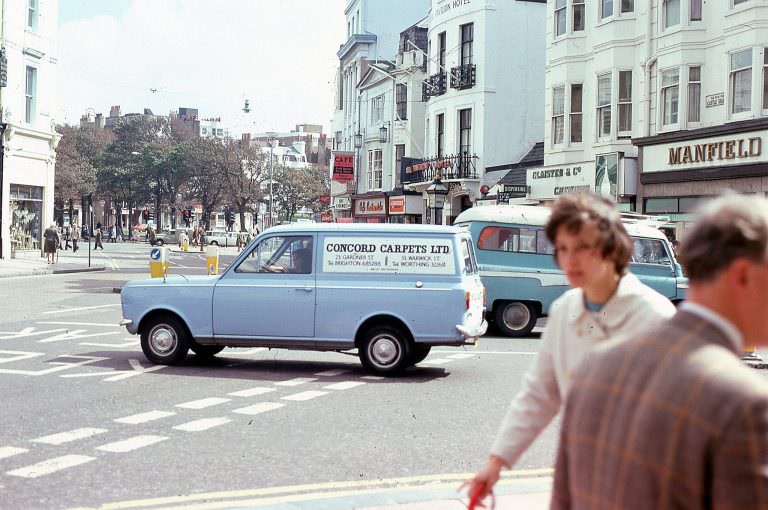
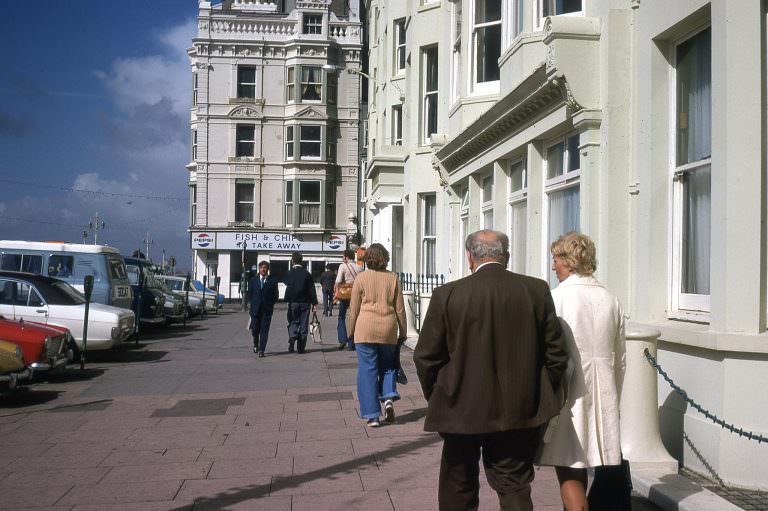
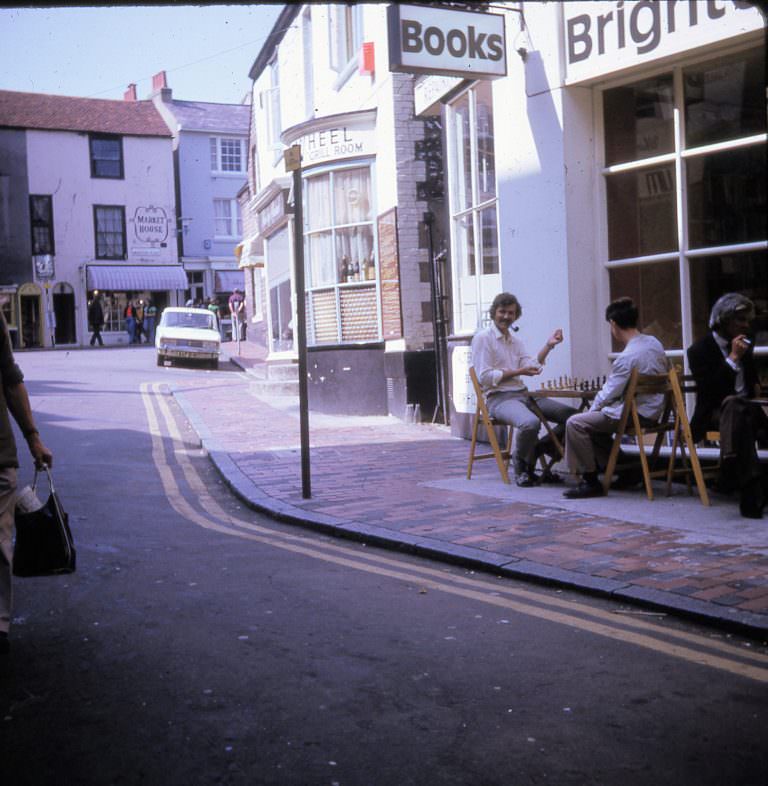
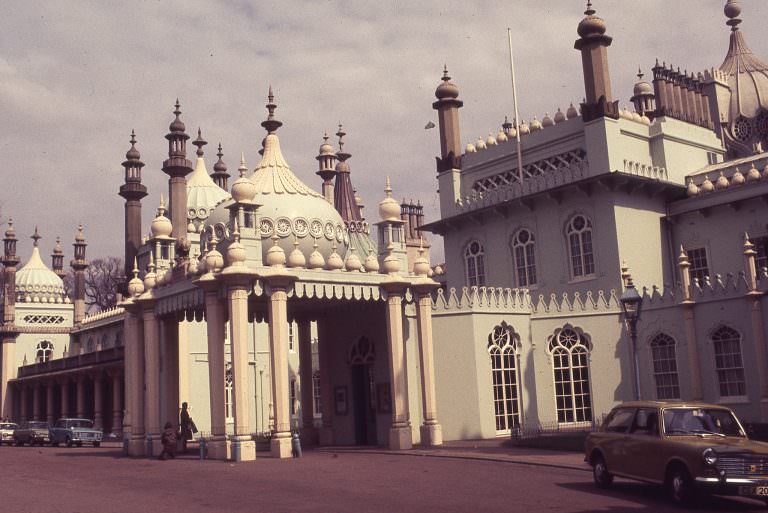
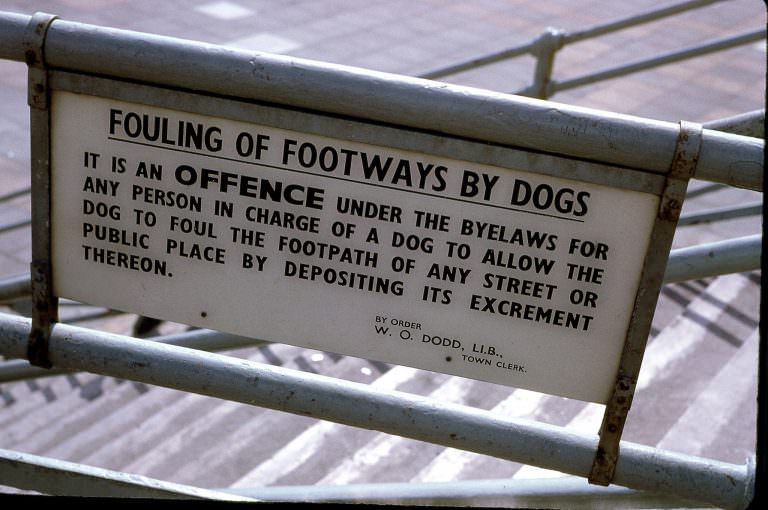
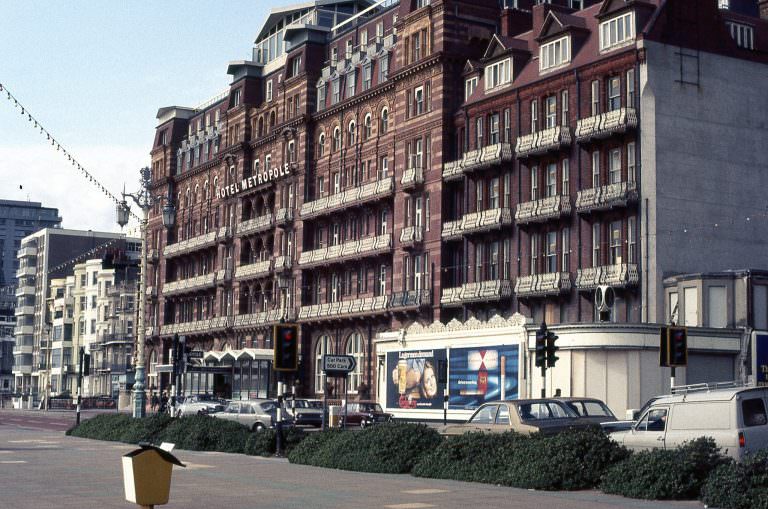
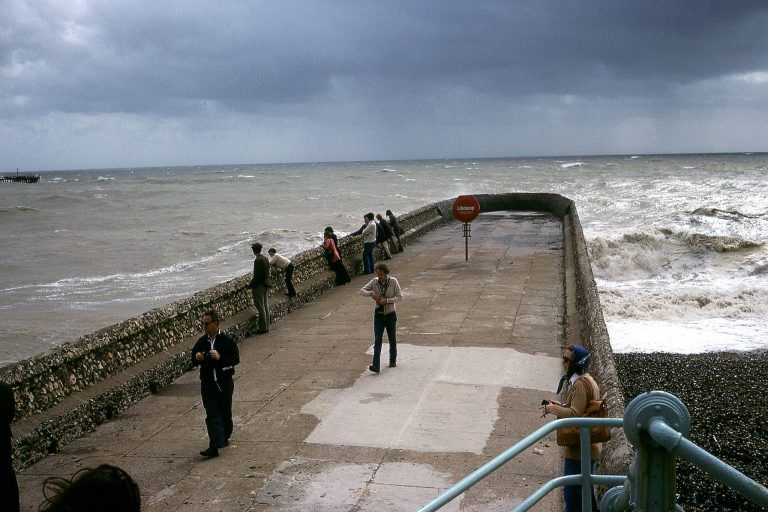
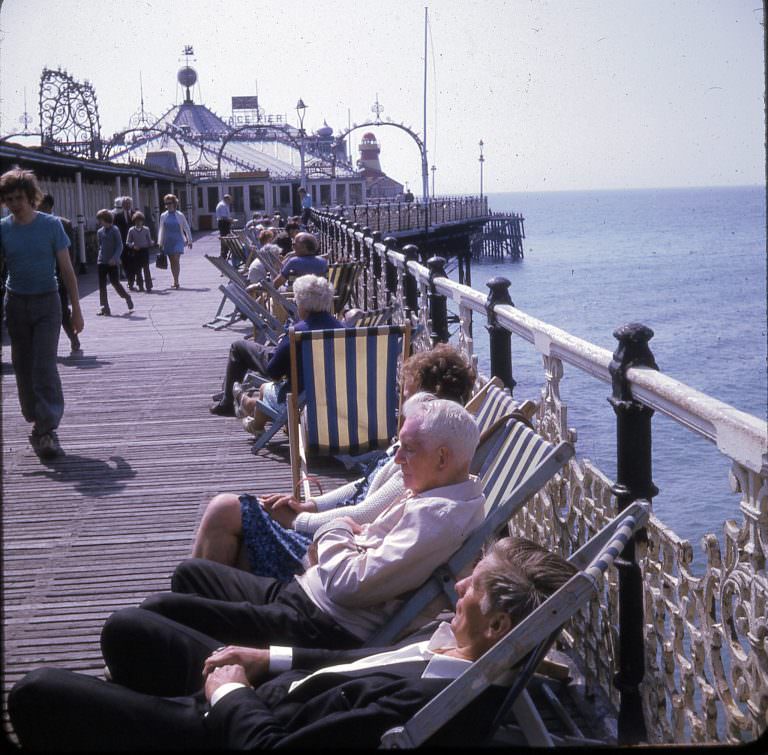
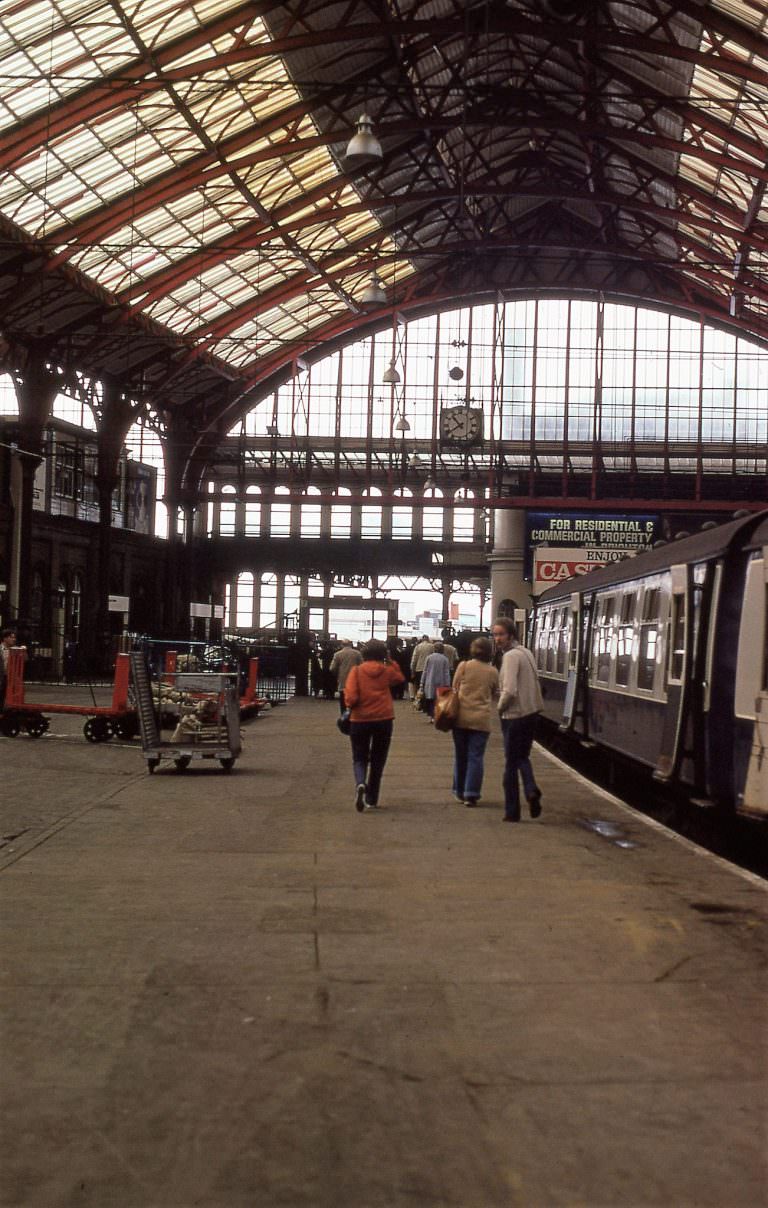
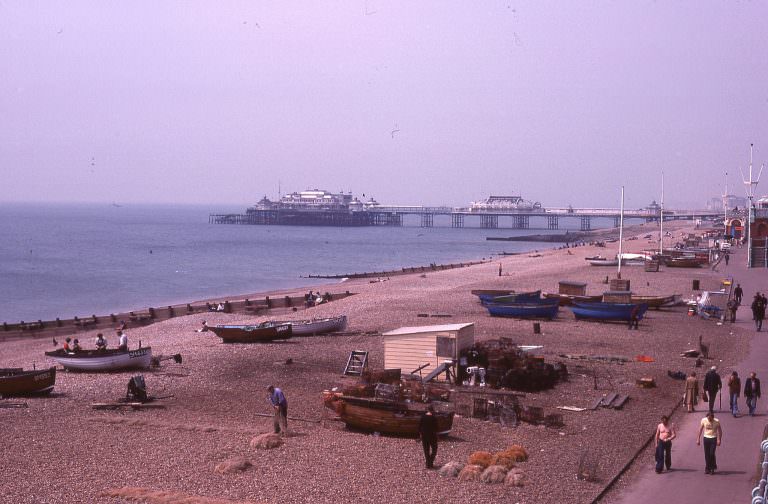
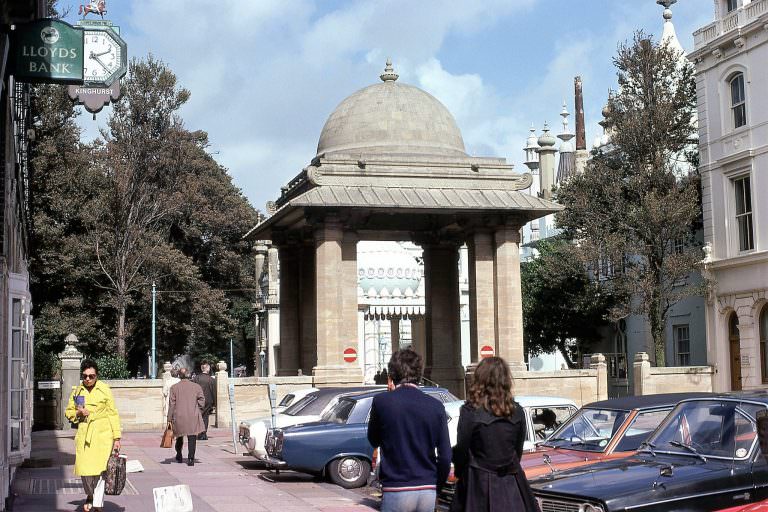
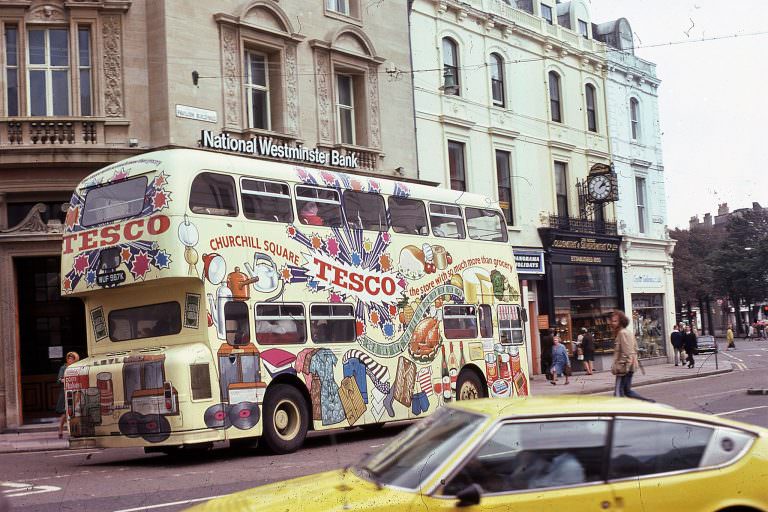
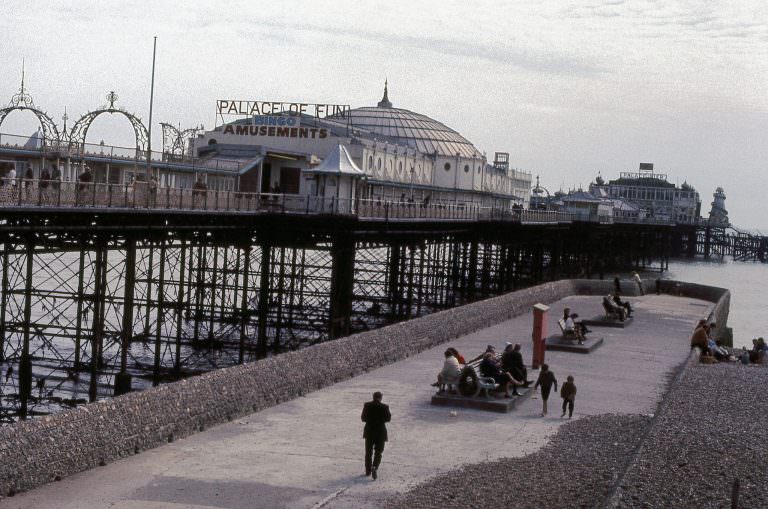
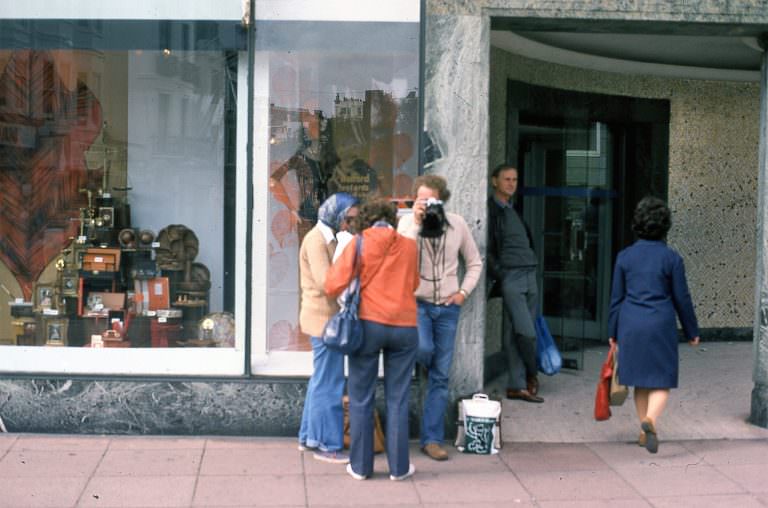
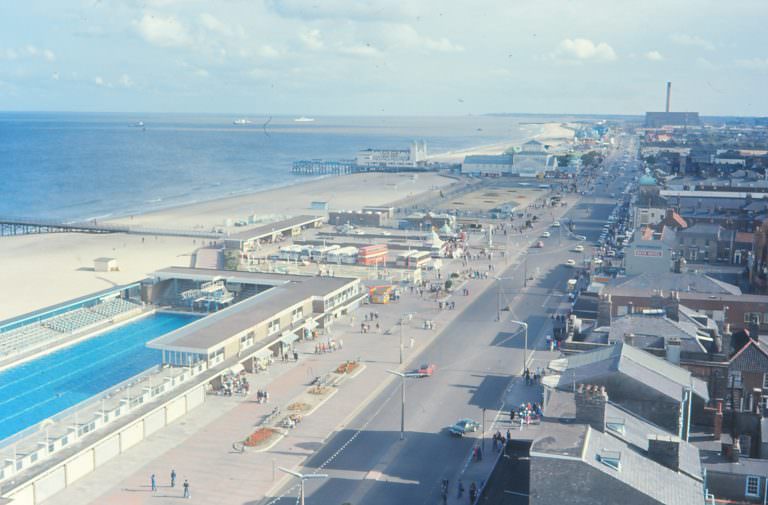
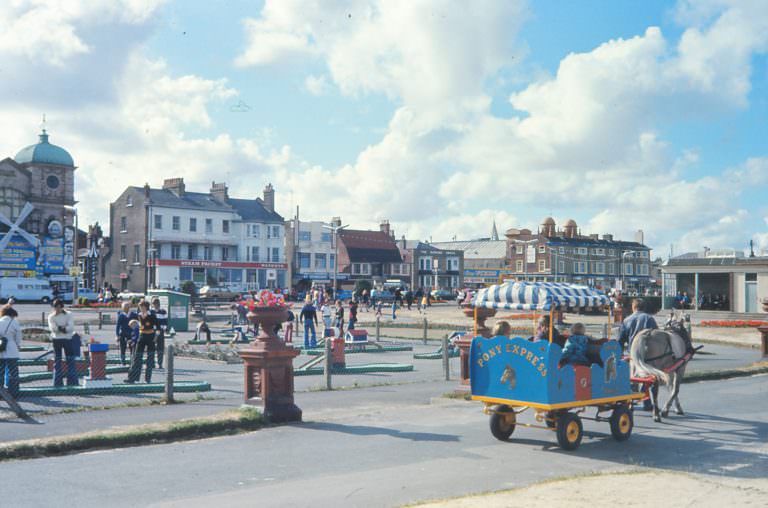
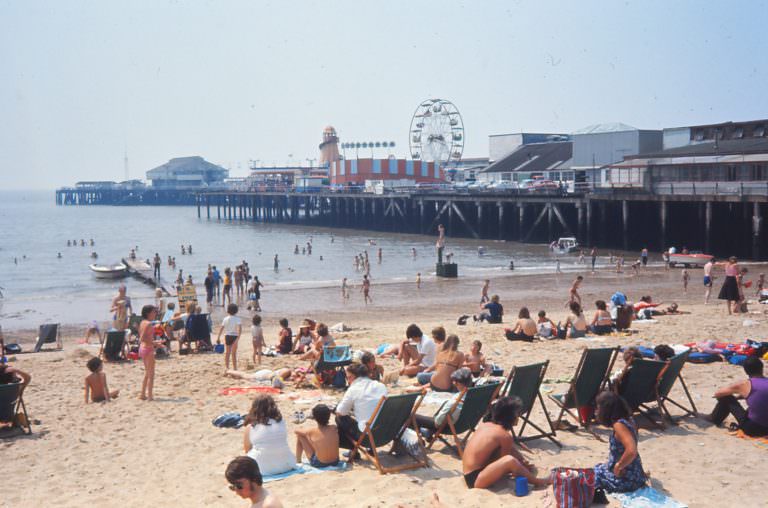

There are better pubs and fewer people, but it hasn’t changed all that much.
All well and good, but I’ve never been to Brighton, so I don’t know how it looks today.
What if there was a free service that allowed you to view any street in the UK in 360 degrees?